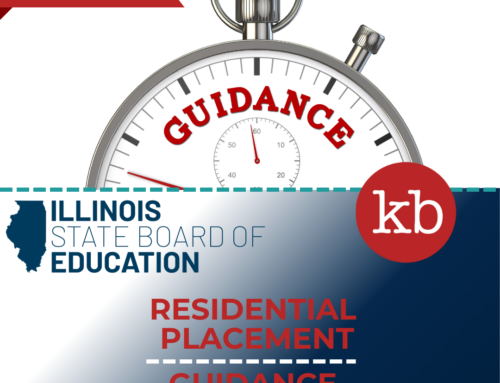The U.S. Department of Justice recently issued a final Rule under Title II of the Americans with Disabilities Act (ADA) addressing website accessibility requirements for K-12 public school districts and other governmental entities throughout the country to conform with the Web Content Accessibility Guidelines (commonly referred to as the WCAG 2.1 standards).
Source: U.S. Department of Justice, Nondiscrimination on the Basis of Disability; Accessibility of Web Information and Services of State and Local Government Entities, 89 FR 31320 (Apr. 24, 2024), available at https://www.govinfo.gov/content/pkg/FR-2024-04-24/pdf/2024- 07758.pdf.
When websites are properly designed and coded, people with disabilities can use them without difficulty. Many current websites contain accessibility barriers that make them difficult or impossible to use by individuals with disabilities. The WCAG 2.1 standards are complex, but some examples for website compliance include:
- Alternative text (‘alt text’) for all images and photos
- Keyboard functionality (for those not using a mouse/pointer)
- Text transcription for all audio information
- Contrast ratio (‘color contrast’) and text size modifications
- Limit moving, flashing, and/or blinking content
- Focused and well organized page titles for orientation purposes
- Of special note, electronic textbooks must also comply with the guidelines
Public K-12 school districts must comply with the WCAG 2.1 standards by April of 2027 (with some limited exceptions). The requirements are nuanced and will come at a cost. The Department of Justice estimates that compliance will cost $113.8 million to remediate existing third-party websites for K-12 public school districts and $93.6 million for colleges and universities. The DOJ also estimates that it will cost $1.134 billion to remediate K-12 classroom courses and $5.5 billion to remediate postsecondary courses. You read that last sentence correctly – billion with a ‘b’.
The course content accessibility requirements are hotly contested. Let’s say 20 students are enrolled in an English Lit class and the teacher includes links to websites and other digital content as required course content. These materials must meet the WCAG 2.1 standards whether or not any of the students enrolled in the class require accessibility modifications. The DOJ considered excluding password-protected course content from the WCAG 2.1 standards but ultimately declined to do so. We are cautiously optimistic that the DOJ will reconsider its position on this issue prior to the implementation date.
In the final Rule, the DOJ stressed that “[t]he Department believes that…public educational institutions will be in a better position to establish contracts with third-party vendors with sufficient lead time to enable the production of materials that are accessible upon being created.” With compliance deadlines approaching, you will soon be reviewing and approving contracts that must conform to the guidelines.
On June 13, 2024, the Software & Information Industry Association (SIIA) published a white paper highlighting the requirements impacting education technology vendors under the WCAG 2.1: https://www.siia.net/new-doj-rule-on-ada-title-ii-and-its-impact-on-edtech-companies/. This is a comprehensive and user-friendly summary that is an additional resource for you and your team as you navigate the new rules. Do not hesitate to reach out to any KB attorney for more information.


